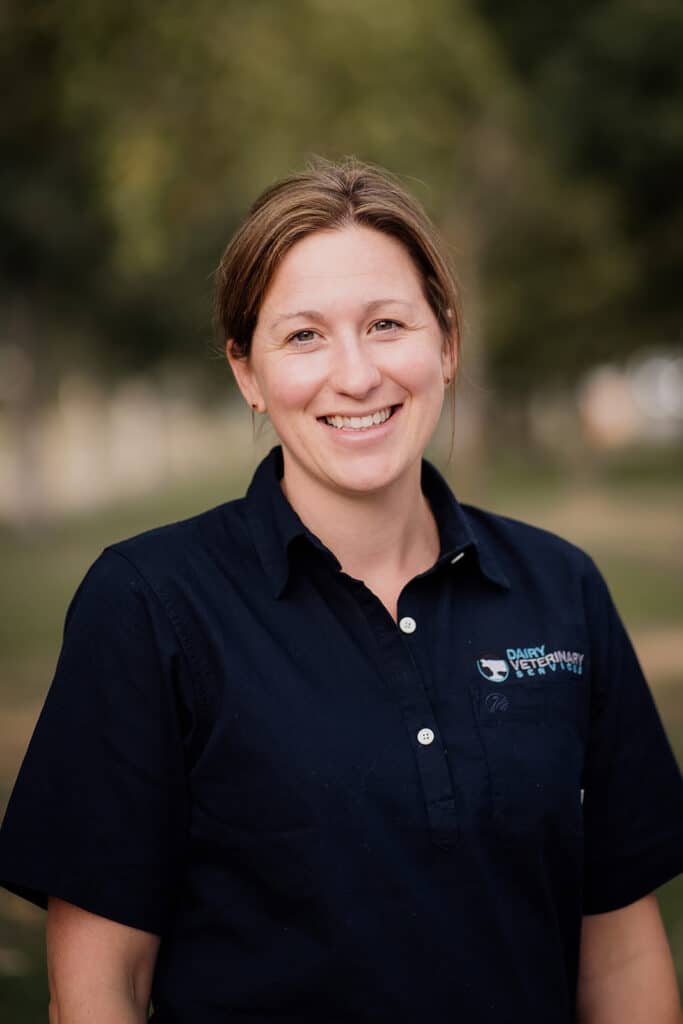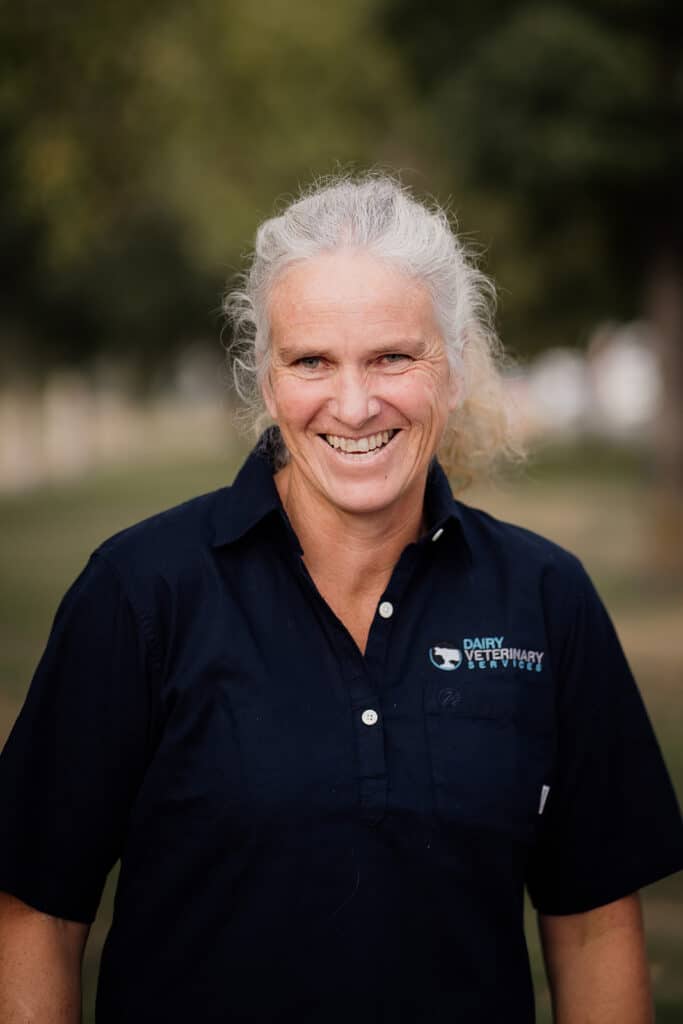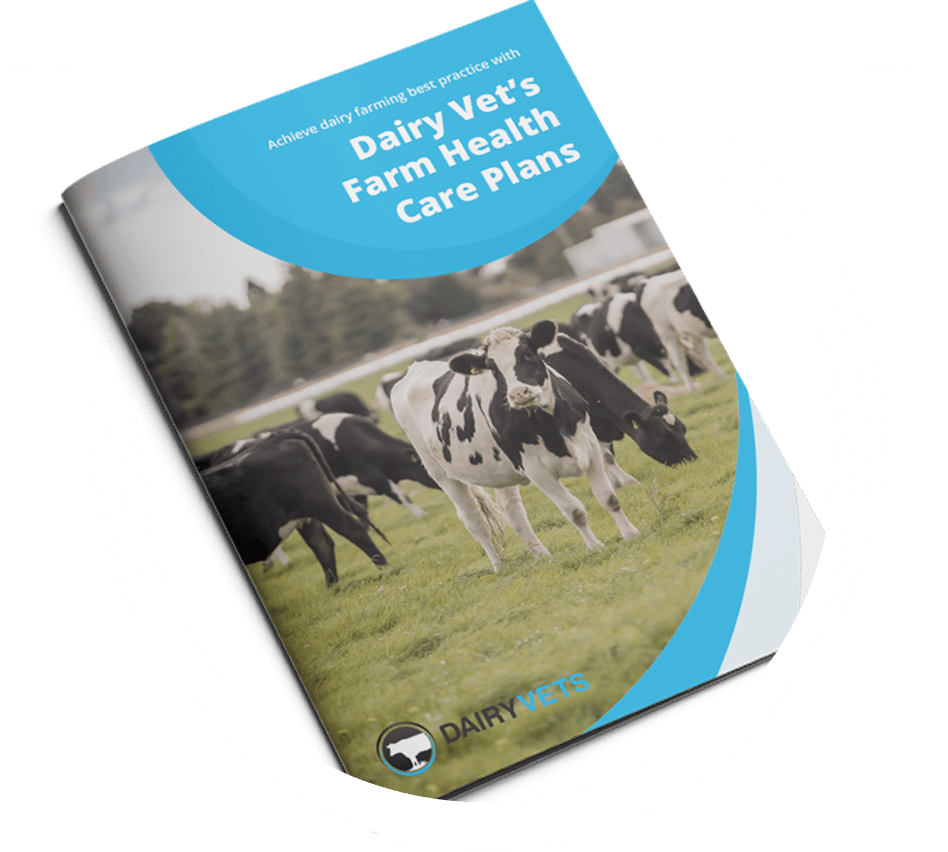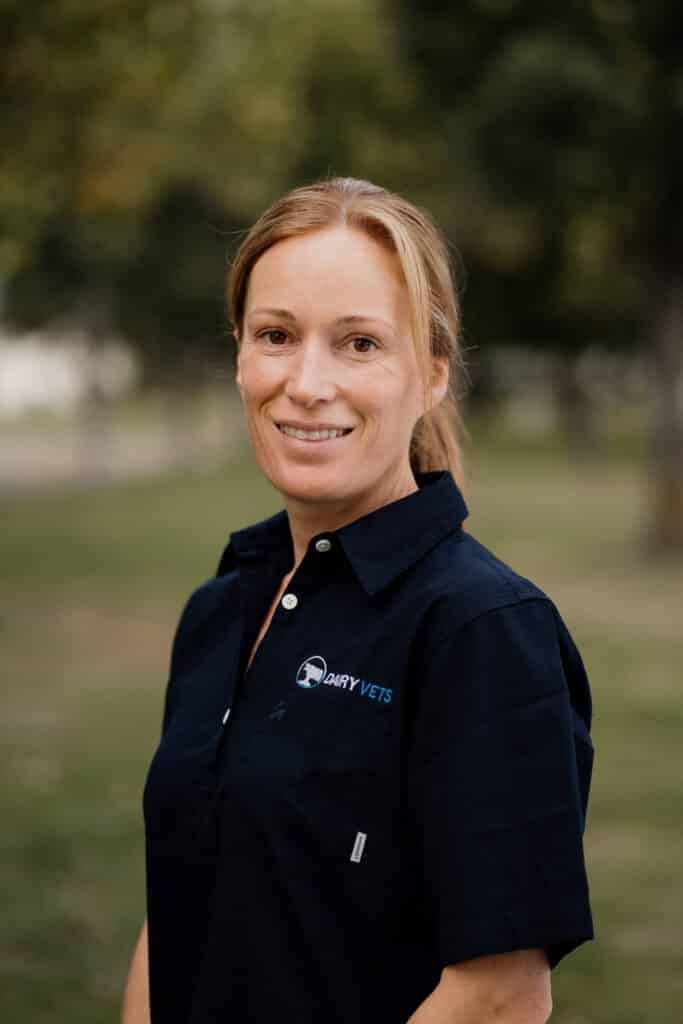
Towards the end of August scouring calves become more common. It is likely that this is because the pathogen load in the calf pens has risen at the same time that colostral antibodies are declining.
There is a risk period between about 1 and 4 weeks of age when antibodies from colostrum ingested in the first day (passive immunity) has declined but that from exposure to pathogens (active immunity) is not yet optimal.

Housing/Isolation:
If only a few calves are scouring, it is worth isolating these in a sick pen. If more become sick, it is best to leave the calves where they are. One teaspoon of rotavirus scour can infect thousands of calves so if the cause is infectious, it is likely all calves in the pen have already been exposed. It is still a good idea to put calves that are worse affected in a small pen together as they can be treated and monitored better than in a big group. If left together ad lib electrolytes will often be drunken by the healthy calves with the ones that need it more missing out.
Avoid overcrowding pens. If pens must be reused, consider replacing or topping up the bedding. Keep hay feeders high so hay stays clean and calves are not eating off the ground. Clean water troughs daily. This will help reduce the spread of disease and encourage water intake.
Electrolytes and feeding:
. Scours cause loss of fluids and body salts leading to dehydration. Electrolytes are the main treatment for scouring calves. Below is a treatment protocol for calves with mild to moderate scours.
. Scouring calves that refuse to drink any milk or very little, have a slow skin tent, weakness +/- sunken eyes are very unwell/dehydrated and need to be treated early and frequently with electrolytes.

.Scouring calves should continue to be fed milk if they are willing to drink it. Weight loss will be less than if fed electrolytes alone and recovery faster.
. Warm milk will encourage sick calves to drink.
. It is recommended that scouring calves are fed milk twice a day with electrolytes in between.
Unwell, scouring calves are less likely to want to drink one larger feed and will receive more nutrition if fed twice.
. It is best not to tube milk to scouring calves – if a calf refuses to drink milk, replace that milk feed with an extra electrolyte one. If they are still refusing to drink after 48 hours, consult your vet.
Tubing electrolytes is fine, and often necessary.
. Use a high quality electrolyte such as Enerlect.
Rheumocam:
Scouring calves often feel miserable. Rheumocam (1ml/40kg under the skin) reduces fever and inflammation and will help get the calf back drinking again.
Talk to your vet if you are having scours in your calves. They can provide further advice on managing the outbreak and test samples to see what pathogen/s are involved. This will help determine if additional treatments are needed and will help with strategies for prevention in the future.
The risk period makes preventing scours challenging, however colostrum management in the first 12 hours of life is still the number one factor in preventing scours or reducing the severity of illness.
Calves that have a higher initial peak in colostral antibodies will take longer to decline and will be less severely affected if infected. Ensure every calf receives 4-6L of 22% + brix tested colostrum within 6-12 hours of birth. Organise calf blood testing with your vet annually to check that colostrum managements is working on your farm.
Multimin has New Zealand data to show that calves injected with 1ml at birth have a 50% reduction in the risk of disease and death until weaning. Optiguard is a pathogen binder that may help prevent and minimize the severity of scours. Vaccinating with Rotavec or Scourguard will boost antibody levels to Rotavirus, Coronavirus and E.coli in colostrum. Continuing to feed fresh or preserved transition milk for as long as possible, especially from vaccinated cows will help ‘mop up’ pathogens in the gut as it passes through.
Managing a calf scour outbreak can be stressful. Ask for help. Have a good recording system to keep track of sick calves and treatments, to ensure no calf slips through the cracks and to allow information to be shared between calf rearers.
Housing/Isolation:
If only a few calves are scouring, it is worth isolating these in a sick pen. If more become sick, it is best to leave the calves where they are. One teaspoon of rotavirus scour can infect thousands of calves so if the cause is infectious, it is likely all calves in the pen have already been exposed. It is still a good idea to put calves that are worse affected in a small pen together as they can be treated and monitored better than in a big group. If left together ad lib electrolytes will often be drunken by the healthy calves with the ones that need it more missing out.
Avoid overcrowding pens. If pens must be reused, consider replacing or topping up the bedding. Keep hay feeders high so hay stays clean and calves are not eating off the ground. Clean water troughs daily. This will help reduce the spread of disease and encourage water intake.
Electrolytes and feeding:
. Scours cause loss of fluids and body salts leading to dehydration. Electrolytes are the main treatment for scouring calves. Below is a treatment protocol for calves with mild to moderate scours.
. Scouring calves that refuse to drink any milk or very little, have a slow skin tent, weakness +/- sunken eyes are very unwell/dehydrated and need to be treated early and frequently with electrolytes

BVSc (Dist.)
If you have any questions please feel free to get in touch with us at info@dairyvets.co.nz

















